Conclusion
Vaccines currently routinely recommended to the general population in the U.S.* have not been shown to cause erythema nodosum (EN).
Epidemiological Evidence
The 2012 report by the Institute of Medicine (IOM), now called the National Academy of Medicine (NAM), found no relevant studies of quality in the literature assessing EN and hepatitis B vaccine.1 A 2017 South Korean nationwide cohort study found no associations between HPV vaccination and 33 predefined serious adverse events (including EN).2 A 2020 systematic review and meta-analysis found no association between HPV vaccines and many autoimmune or other rare diseases (including EN).3
Proposed Biological Mechanism
The most common cause of EN is infection.4 Although the pathogenesis of EN is not fully understood, it is thought to be caused by an influx of immune complexes into the subcutaneous fat5 Another possible mechanism is activation of the complement system, in which a cascade of proteolysis and successive release of cytokines functions to amplify the immune response but can damage host cells if not properly regulated. Other mechanisms that could contribute to the development of EN include autoantibodies or T cells.1
The 2012 IOM report described one case of EN after hepatitis B vaccination;6 however, the IOM concluded that this mechanistic evidence was weak.
* These conclusions do not necessarily consider vaccines recommended only for special populations in the United States such as Yellow Fever vaccine (international travelers) or Smallpox vaccine (military personnel), or vaccines no longer recommended to the public such as the Janssen (J&J) COVID-19 vaccine.
References
1. Institute of Medicine. In: Stratton K, Ford A, Rusch E, Clayton EW, eds. Adverse Effects of Vaccines: Evidence and Causality. Washington (DC): National Academies Press (US); 2012.
2. Yoon D, Lee JH, Lee H, Shin JY. Association between human papillomavirus vaccination and serious adverse events in South Korean adolescent girls: nationwide cohort study. BMJ (Clinical research ed) 2021; 372: m4931.
3. Willame C, Gadroen K, Bramer W, Weibel D, Sturkenboom M. Systematic Review and Meta-analysis of Postlicensure Observational Studies on Human Papillomavirus Vaccination and Autoimmune and Other Rare Adverse Events. The Pediatric infectious disease journal 2020; 39(4): 287-93.
4. Chowaniec M, Starba A, Wiland P. Erythema nodosum – review of the literature. Reumatologia 2016; 54(2): 79-82.
5. Blake T, Manahan M, Rodins K. Erythema nodosum – a review of an uncommon panniculitis. Dermatol Online J 2014; 20(4): 22376.
6. Goolsby PL. Erythema nodosum after Recombivax HB hepatitis B vaccine. The New England journal of medicine 1989; 321(17): 1198-9.

